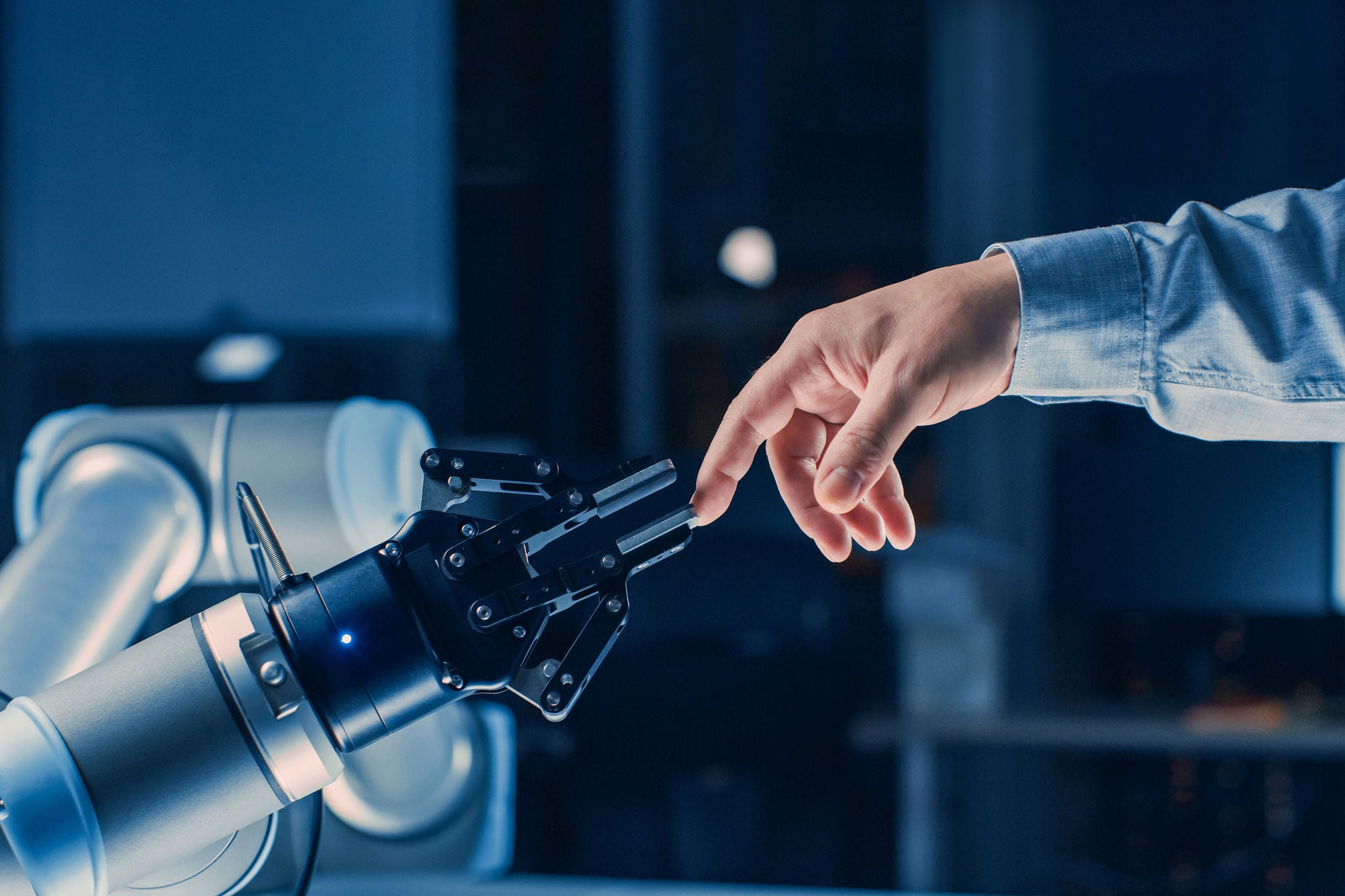EY refers to the global organization, and may refer to one or more, of the member firms of Ernst & Young Global Limited, each of which is a separate legal entity. Ernst & Young Global Limited, a UK company limited by guarantee, does not provide services to clients.
How EY can help
-
Our Consulting approach to the adoption of AI and intelligent automation is human-centered, pragmatic, outcomes-focused and ethical.
Read more
In most cases, they’re doing this through two actions. First, applying robust principles and governance to ensure that the impacts on the people directly subjected to it are fair and trustworthy. And second, reviewing AI initiatives continuously for unintended outcomes and potential transformational business improvements. The targeted outcome? To successfully balance the financial ROI from AI with enhancing the business’s societal license to operate.
For the board, the agenda behind these actions is clear. Get AI right – with appropriate safeguards and governance in place – and you’ll open up a new path to sustained value. Get it wrong, and the downside risks could be existential.
So, with those safeguards in place, that’s AI ethics sorted, right? Well, to a point. While AI’s most immediate risks are being addressed, there’s still an elephant sitting quietly in the corner of the boardroom whenever AI is being discussed.
It’s the ethics of the consequences, whether intended or unintended, for those individuals and communities – often far removed from the sources of AI innovation – whose livelihoods will be displaced.
One can hear the counterargument already: that AI will create new and better jobs. Jobs that are higher value than the generally lower-value positions displaced. All of that may well be true. But who’ll benefit from these exciting new employment opportunities? Probably not the same people who’ve been displaced.
This matters. The EY vision – one that we know is shared by many of EY clients, especially in the tech industry – is to build a better working world. And not just for machines, but for people. For this aspiration to become reality, people still need to be working. Yet alongside the billions of dollars being invested globally in AI, hardly anything is going into working out how we’ll support and create productive and fulfilling lives for many of the people whose roles it’ll replace.
For the first time in history, the people doing the displacing are so far removed from those being displaced as to be virtually unaware of the effects on them. And given the accelerating pace of change, those impacts are only going to increase.



